What are Steel Shipping Containers Made of?
 Marissa Morin | Apr 28, 2021
Marissa Morin | Apr 28, 2021
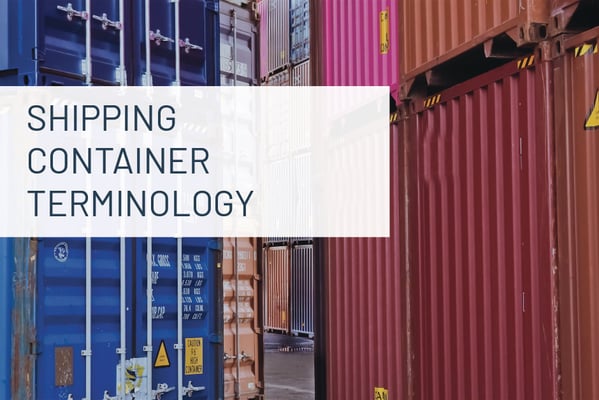
What type of steel are shipping containers made of? The corrugated wall panels, frame, cargo doors, and cross members of metal shipping containers are all made from corten steel. This special type of steel, also known as weathering steel, is the primary material in shipping containers.
Corten steel is distinguished from other types of steel in that it’s a group of steel alloys that were developed to eliminate the need for painting. Container manufacturers use this material because it possesses the physical properties that make it weldable and rust-resistant. In practice, rust resistance means that should a piece of paint chip off of the steel, a thin layer of rust will form at the surface but not go much deeper.
In addition to the main compartment of a shipping container, you may find additional shipping container components made from varying materials.
Components of a Shipping Container
Most every shipping container is manufactured to have these unique features:
Corner Castings
The reinforced corner posts of shipping containers are called corner castings. Corner castings have openings for twist lock connections that allow them to be connected to other containers or to anchor points. They’re also designed to be strong enough for crane rigging (to be lifted by rigging to a crane), even when fully loaded.
Twist Locks
Twist locks securely connect shipping containers to anchor points or to other containers. The end piece of the twist lock fits into the corner casting and then pivots to a locked position, usually via a lever.
Cross Members
Have you wondered: “What is the bottom of a shipping container made of?” Beams, or joists – called cross members – support the shipping container floor. The space the cross members create between the ground and the flooring prevents moisture from seeping into the container from underneath.
Cross members are one of the reasons that many container structures don’t require a foundation, such as ground-level offices. The cross members of the floor frame lift the structures away from the ground and mitigate the risk of damage caused by natural elements.
Forklift Pockets
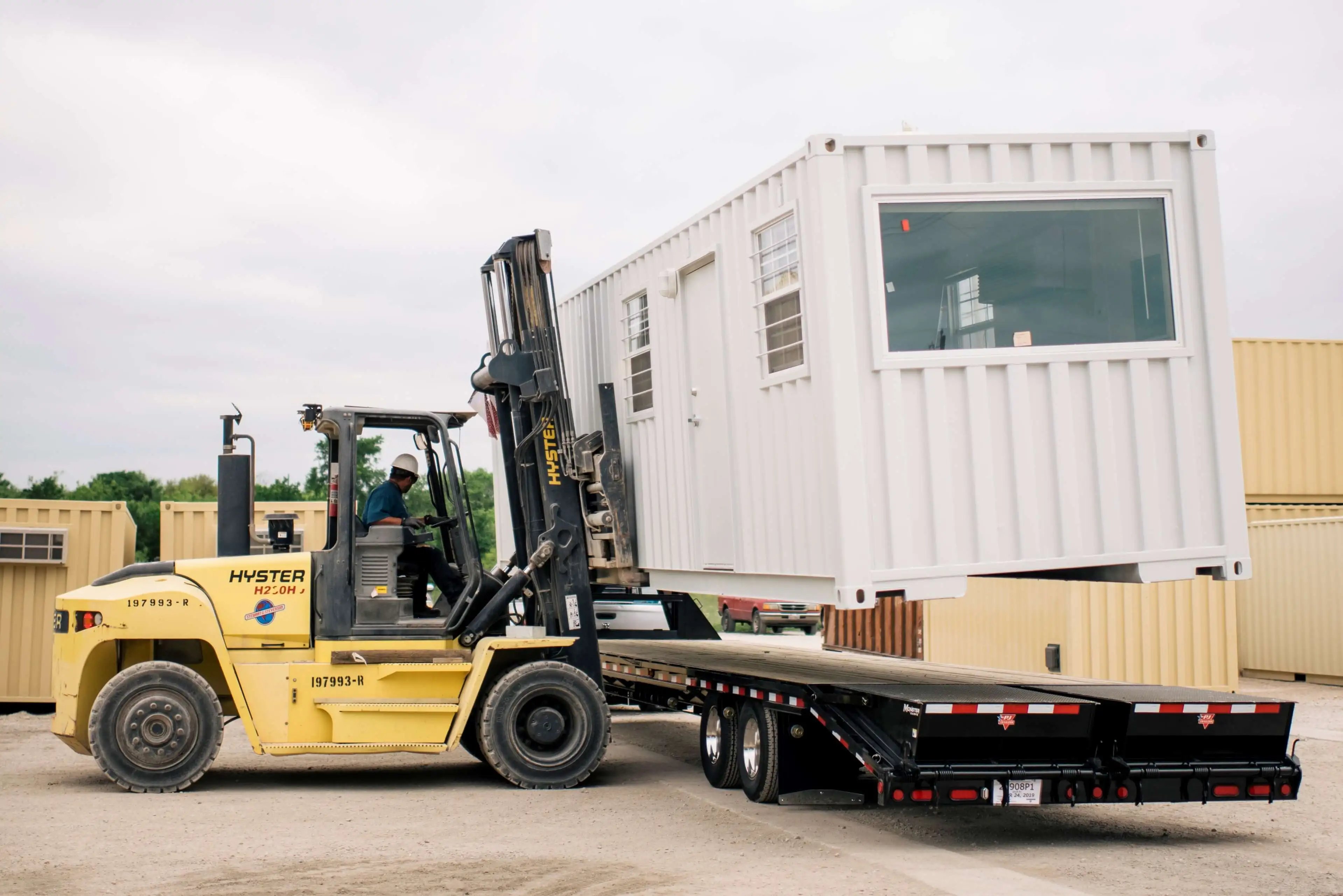
Standard 20-foot containers and many 40-foot containers come with two openings along the bottom edge of the structures, called forklift pockets. As their name implies, forklift pockets are reinforced slots designed to accommodate forklift tines. Forklifts can insert the tines into the pockets in order to lift and move the structures. Please note that some shipping container modifications add enough weight to the structure that it makes lifting by forklift inadvisable, especially with modified 40-foot shipping containers.
Cargo Doors
A storage container’s cargo doors are the two steel doors most often found at one end of the container (though some shipping containers have cargo door assemblies on both ends, and even have cargo door side walls). Cargo doors were designed to prevent theft and weather intrusion on long voyages and offer formidable security for the assets contained within. The door’s locking mechanism may be unfamiliar to new container users, so be sure to check out our video on how to open shipping container cargo doors.
CSC Plate
CSC is an acronym used to indicate The International Convention for Safe Containers. This convention is a set of standards for shipping container design intended to prevent structural failure and protect human life.
For example, shipping containers loaded with tens of thousands of pounds of cargo are often stacked several units high. If they were to collapse at a port or at sea, it could be catastrophic to employees working below. The CSC plate affixed to the shipping container certifies that a qualified inspector has examined the container and confirmed that it is cargo-worthy and safe.
Falcon Plate
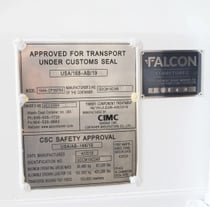 Similar to a CSC plate, the Falcon plate is specific to modified containers manufactured by Falcon Structures and indicates that the container has met Falcon's own standards for high-quality and safe structures.
Similar to a CSC plate, the Falcon plate is specific to modified containers manufactured by Falcon Structures and indicates that the container has met Falcon's own standards for high-quality and safe structures.
Marine-Grade Plywood Flooring
Most shipping containers come with marine-grade plywood flooring. The flooring is infused with a small amount of insecticide to prevent six-legged stowaways from joining the container’s voyage. These insecticides do not aerosolize and are only a risk to hungry bugs, not to the people who come in contact with the flooring. We’re so confident in its safety that we even kept the original plywood flooring in our container-based Falcon Structures office.
Bamboo Flooring
The number of containers that use bamboo flooring instead of marine plywood has been steadily increasing, thanks to lower costs and greater availability. Bamboo is mildew resistant, very durable, and a renewable resource. It is a good option when aesthetics is important, such as in shipping containers modified for living spaces. You’ll know that your container has bamboo flooring if you see a woven pattern beneath your feet!
Shipping containers are relatively simple structures, making them the ideal base for modifications that can turn them into highly functional spaces for living, working, and job site storage. Not only are they flexible, but they’re also easy to install and can be customized with lighting, doors/windows, climate control, and more.
To view examples and explore additional shipping container ideas and options, download The Ultimate Guide to Modified Shipping Containers below. As you consider options for your project, don’t hesitate to reach out and ask us for additional information. You can reach us at 512-231-1010 or sales@falconstructures.com.
SUBSCRIBE
- Shipping Container Modifications
- How-Tos
- Workspace
- Commercial Construction
- Multi-Container Buildings
- Storage Solutions
- Industrial Enclosures
- Bathrooms & Locker Rooms
- Oil & Gas
- Climate Control
- Green Building
- Industry Insight
- Living Space
- Military & Training Facilities
- Water Treatment Solutions
- Energy
THINK INSIDE THE BOX®
WITH OUR BLOG
Get everything from shipping container basics, to detailed how-tos and industry news in our weekly blog. Stay inspired and subscribe!
RELATED BLOGS
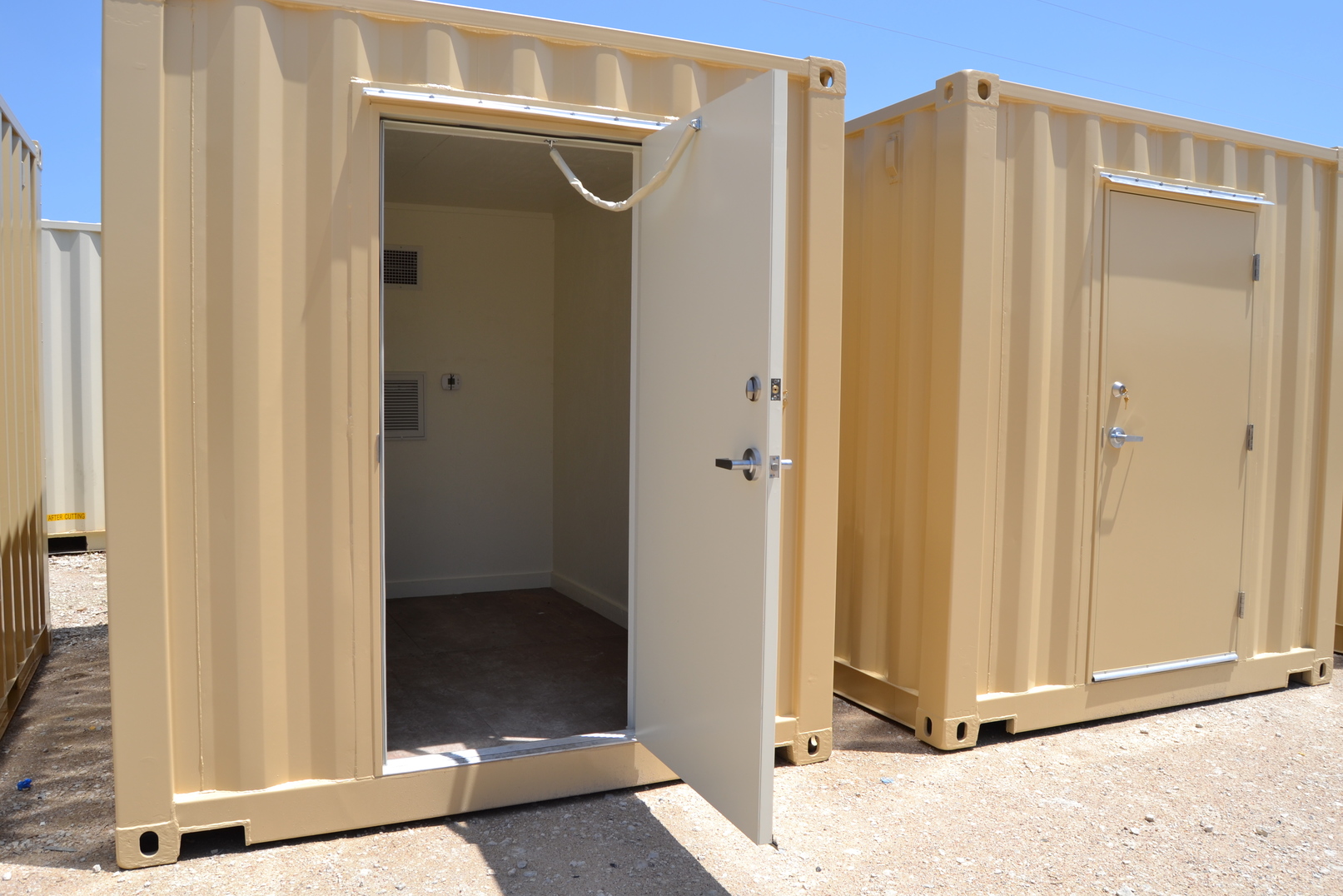
How 317 Shipping Containers Became Reliable Remote Terminal Units
Marissa Morin | Mar 18, 2020 | 3 min read
READ MORE
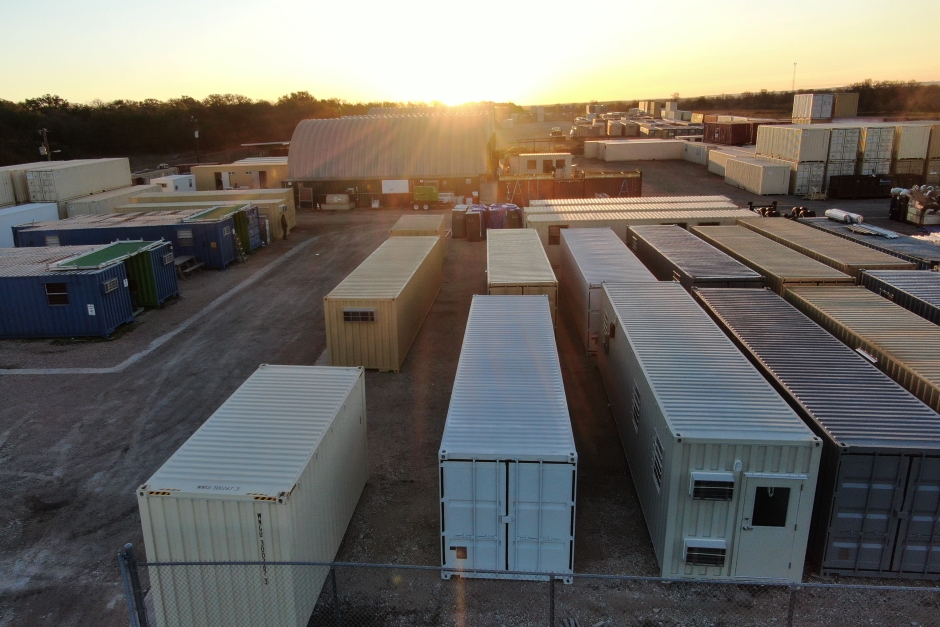
The Life of a Shipping Container: Who, What, When, and Where
Marissa Morin | Jun 16, 2021 | 2 min read
READ MORE
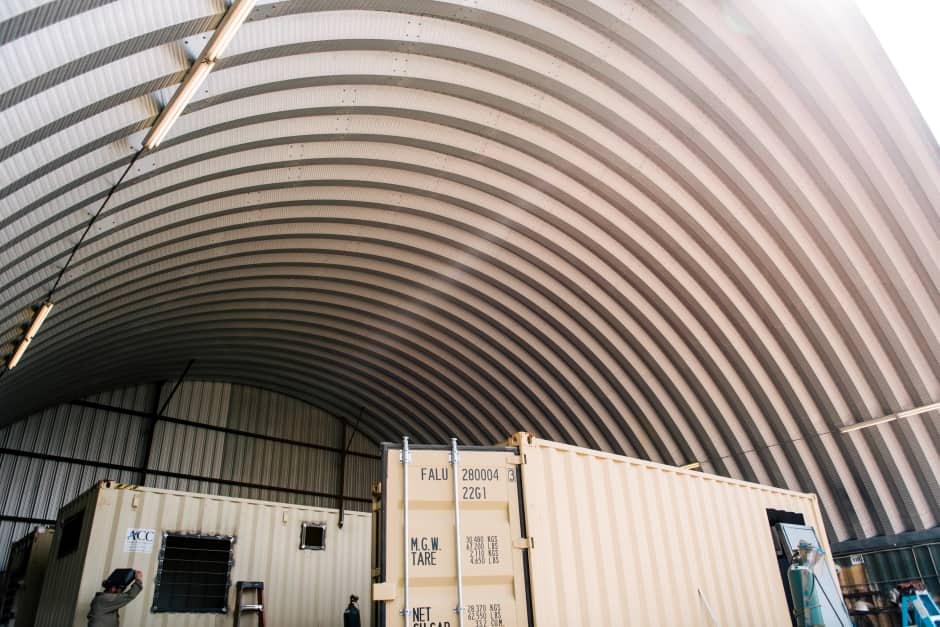
Top Business Benefits of a Shipping Container Shop
Marissa Morin | Jan 13, 2021 | 2 min read
READ MORE
